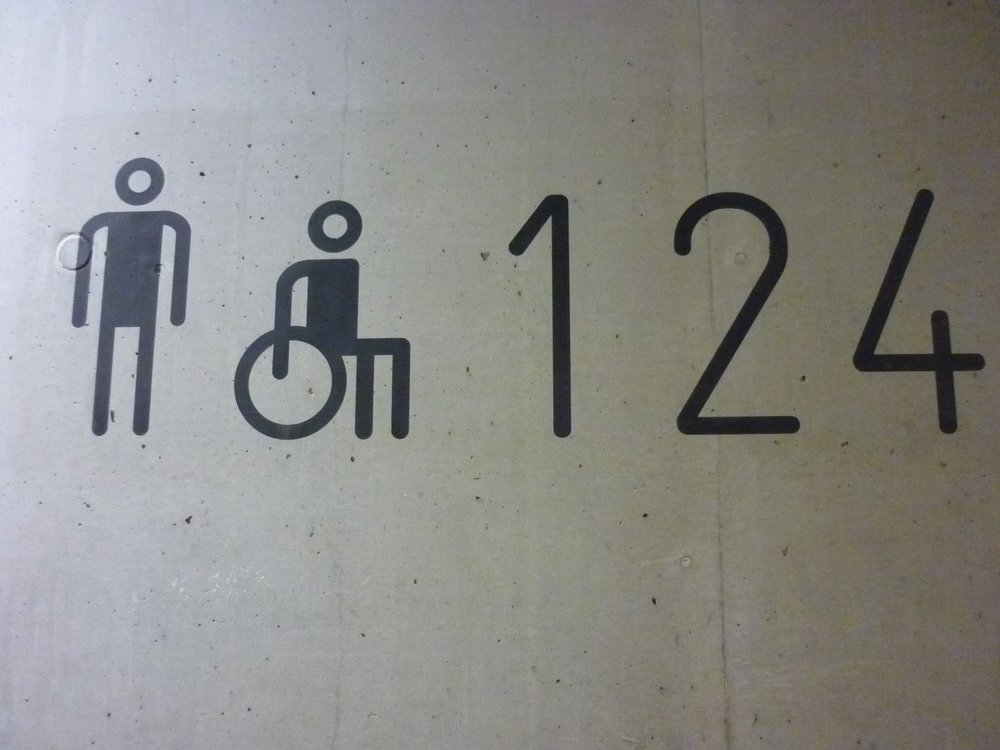Quite often, the question that comes to the fore when designing or reviewing public transportation means is how it will accommodate people with disabilities. That is definitely a reasonable concern and one that should be lauded.

However, it is not always that such design takes into consideration all physical abilities. Often, the categorisation is either ‘disabled’ or ‘able-bodied.’ What eludes many policymakers is that some people cannot fit comfortably into either category.

While they are not disabled, this category of people often goes through a lot of pain while seeming able-bodied. This mainly applies to individuals with osteoarthritis and those who are at an advanced age. Usually, one would think that these people fall into the same bracket. Still, it is not always that osteoarthritis sets in during old age.

Osteoathritis
Arguably the most severe arthritic condition, this disease has long been associated with people of the age of 45 years and above. However, statistics over the last decade signify a drop in the age at which people may contract osteoarthritis. Today, people as young as thirty can suffer from osteoarthritis. This can be attributed to several factors, key among them a drastic change in lifestyle.
Public Transportation for Osteoarthritic People
It is important that people suffering from diseases of the joints be treated the same as those with other disabilities. Although the degree of their difficulty in performing tasks may vary, their conditions are almost similar. An osteoarthritic person will be fine one day and the next day they cannot move an inch. As such, public transportation should take into consideration:
Space Between Seats
The general spacing between seats in coaches should be such that people can stretch their legs freely at all times. This should not be just for disability reserved areas, but for general use as well. This allows osteoarthritic people who would not be allowed in disability areas to travel comfortably in the general passengers’ space.
Support Bands
Osteoarthritic people often need support to aid their movement in open spaces. Support bands are often installed in trains with standing passengers in mind. While this is acceptable, more thought should be put into making them movement aids for people with osteoarthritis. Rather than install single-hold bands, public transportation should consider rails that run the length of the coach. The same should be replicated in other means of transport, such as buses.
Waiting Time
While this has not been a major concern so far, it still needs to be made a policy issue. The duration of stops and the time allowed for boarding and alighting should consider people with curtailed mobility. It should not be a matter of pity or sympathy but a policy issue.
